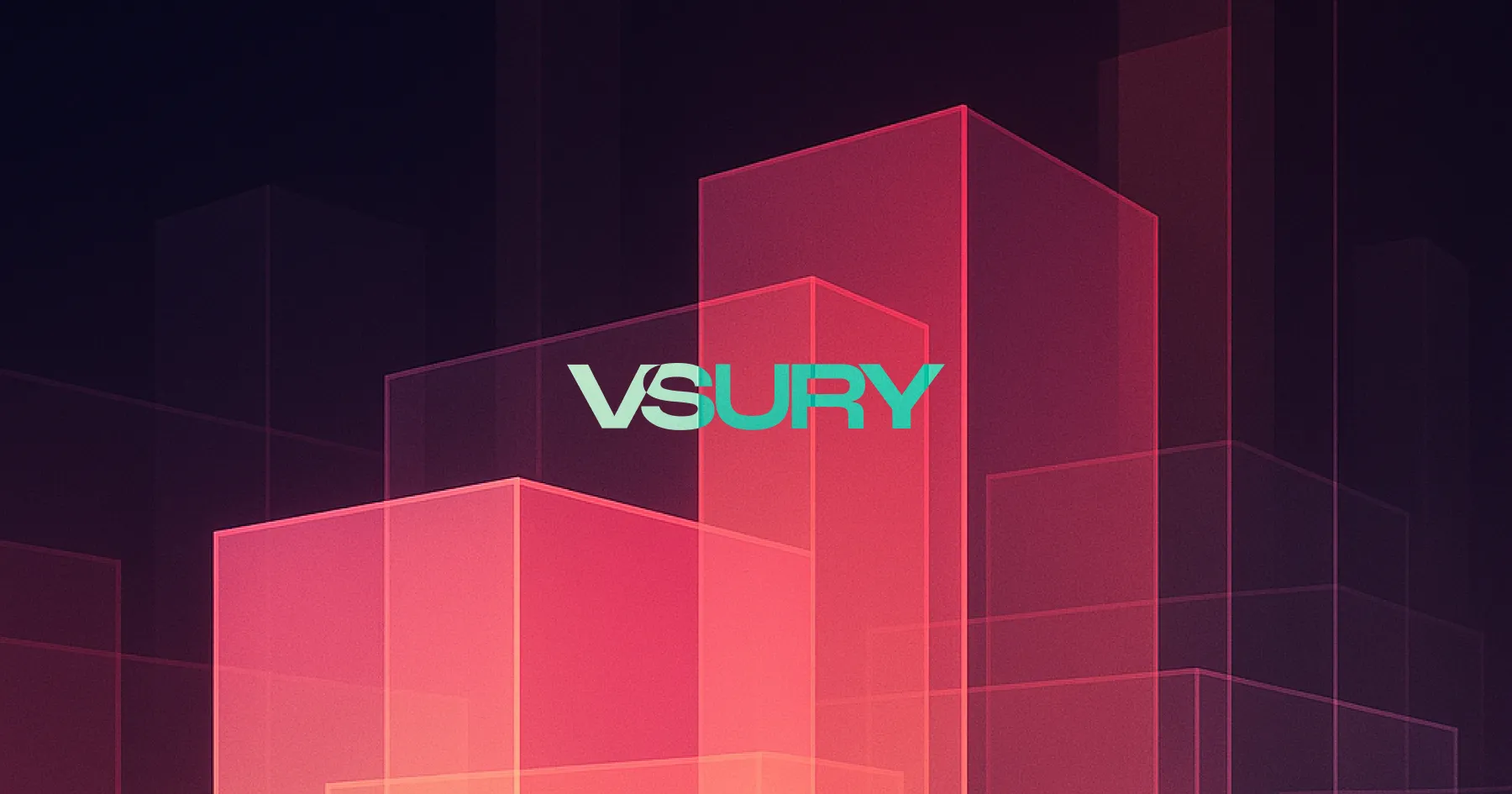Wireframing is getting a complete AI makeover right now. Not through buzzword-heavy marketing, but through actual productivity gains that professional teams can measure in reduced planning time and faster client approvals.
Every smart design team is experimenting with AI-powered wireframe generators, automated layout tools, and intelligent structure assistants. But here's what breaks people's brains. Most AI wireframing recommendations come from people who've never actually planned a complex digital project under real deadline pressure with constantly changing requirements.
TL;DR: Professional web developer Denver teams rely on Uizard for sketch-to-wireframe conversion, Whimsical AI for rapid layout generation, and Balsamiq Cloud for collaborative wireframe iteration. These tools reduce wireframing time by 50-70% when properly integrated into existing planning workflows. Success comes from choosing tools that enhance structural thinking rather than replacing strategic planning and user experience considerations in project development.
Why AI Tools Actually Transform Wireframing Projects
The bold geometric forms in our header image perfectly represent the structural foundation that effective wireframing provides for digital projects. Just like those solid, three-dimensional shapes create a framework for visual complexity, AI-enhanced wireframing tools build systematic foundations that support sophisticated user experiences.
Traditional wireframing involves crushing amounts of repetitive work. Drawing boxes, creating navigation structures, mapping user flows, organizing content hierarchies. Tasks that consume weeks but don't require deep strategic thinking or creative problem-solving.
Speed creates competitive advantages in project planning. When your team can wireframe, iterate, and refine structural concepts faster than competitors, you win more projects and deliver superior planning deliverables. AI tools don't replace strategic thinking. They eliminate tedious layout work so teams focus on solving complex user experience problems and creating exceptional information architectures.
Consistency improves through intelligent automation. AI tools follow design system principles and wireframing conventions religiously. They don't forget navigation patterns or skip accessibility considerations. When properly configured, these tools maintain structural consistency and suggest improvements based on thousands of successful wireframe implementations.
Project economics shift dramatically. Less time on routine wireframe creation means lower planning costs for clients and higher margins for development teams. Professional shops can take on more projects or invest extra time in user research and strategic planning that creates real project value.
But here's the reality check. AI tools amplify existing wireframing skills rather than creating capabilities from nothing. Experienced designers get massive productivity boosts. Beginners often struggle because they lack the knowledge to evaluate AI suggestions effectively within information architecture constraints.
Essential AI Wireframing Tools That Accelerate Project Planning
Let's cut through the marketing noise and focus on tools that perform under real wireframing pressure. Not every AI planning assistant deserves attention, but these have proven themselves in professional project development environments.
Uizard dominates the wireframing workflow for good reason. This tool converts hand-drawn sketches into digital wireframes, generates layout variations, and produces structured mockups that translate beautifully into development specifications. When building complex information architectures, Uizard reduces initial wireframing time by 60-80% while maintaining professional planning standards.
Perfect example. Team needs to wireframe a comprehensive e-commerce platform with dozens of product categories and user flows. Instead of drawing every screen manually, Uizard converts initial sketches into structured layouts. Designers review, refine, and optimize the wireframes, then developers use them for accurate project scoping and technical planning.
Whimsical AI revolutionizes collaborative wireframing with intelligent layout generation and automated flow mapping. This tool understands user experience patterns and creates wireframe structures that follow established UX conventions and accessibility principles.
Balsamiq Cloud enhances traditional wireframing with AI-powered component suggestions and automated layout optimization. For teams already invested in Balsamiq workflows, these AI features integrate naturally without disrupting established planning processes.
Figma AI creates wireframe components and layout structures that integrate seamlessly with design system development. This tool helps teams maintain consistency between wireframing and final design phases.
Framer AI generates interactive wireframes from simple descriptions or sketches. Describe the user flow you want to plan, and Framer creates functional wireframes that demonstrate navigation and interaction patterns.
Here's what separates successful AI tool adoption from expensive failures. These tools work best with experienced professionals who understand when to accept structural suggestions and when to ignore them completely. AI generates functional wireframes, but humans provide strategic thinking and user experience expertise that actually matters for project success.
AI-Powered Layout Generation for Web Developer Denver Projects
Wireframing traditionally requires extensive manual work to create layouts, navigation structures, and content organization. AI tools are automating many of these processes while maintaining information architecture quality and usability standards.
Automated layout generation creates responsive wireframe structures based on content requirements and user flow specifications. Professional teams use these tools to rapidly explore layout alternatives and identify optimal arrangements for different user types and device contexts.
Navigation structure automation generates menu systems, breadcrumbs, and wayfinding elements that follow established UX patterns. AI tools create navigation wireframes that maintain consistency across different project areas while supporting user goal completion.
Content hierarchy optimization automatically organizes information based on importance, user needs, and business objectives. These tools understand content prioritization principles and suggest wireframe structures that enhance information findability and task completion.
User flow mapping creates wireframe sequences that demonstrate how users move through different project areas to accomplish specific goals. AI tools analyze task patterns and generate wireframe flows that minimize friction and support conversion optimization.
Responsive wireframe creation automatically adapts layout structures for different devices and screen orientations. These tools understand responsive design principles and generate appropriate wireframe variations for mobile, tablet, and desktop contexts.
Content Structure and Information Architecture AI
Wireframing success depends heavily on organizing information effectively and creating logical content hierarchies. AI tools are making information architecture more systematic while ensuring usability and accessibility.
Content mapping automation analyzes project requirements and suggests optimal information organization patterns. These tools understand how different content types should be structured and prioritized within wireframe layouts.
Navigation taxonomy generation creates logical menu structures and categorization systems based on content analysis and user research insights. AI tools suggest navigation wireframes that support intuitive information discovery.
Search and filtering wireframes automatically generate search interfaces and content filtering systems based on project scope and user needs. These tools create wireframe structures that support effective information retrieval.
Accessibility compliance checking ensures wireframe structures meet WCAG guidelines and accessibility standards. AI tools automatically review navigation patterns, content hierarchy, and interaction flows for potential accessibility barriers.
Content relationship mapping visualizes connections between different information areas and suggests wireframe structures that support cross-referencing and related content discovery.
Collaboration and Iteration AI for Professional Teams
Wireframing typically involves extensive collaboration between designers, developers, stakeholders, and clients. AI tools are streamlining these collaborative processes while maintaining communication clarity and project alignment.
Automated annotation generation creates detailed explanations and specifications for wireframe elements, reducing communication gaps between planning and development phases. These tools analyze wireframe structures and generate appropriate documentation.
Stakeholder feedback integration automatically incorporates review comments and change requests into wireframe iterations. AI tools help teams manage multiple feedback sources while maintaining structural consistency.
Version control and change tracking maintains detailed records of wireframe evolution and enables easy comparison between different iteration stages. These tools help teams understand design rationale and decision-making processes.
Real-time collaboration enhancement provides intelligent suggestions during collaborative wireframing sessions and helps resolve structural conflicts between team members.
Client presentation automation generates polished wireframe presentations with explanatory content and user flow demonstrations that help stakeholders understand project scope and functionality.







